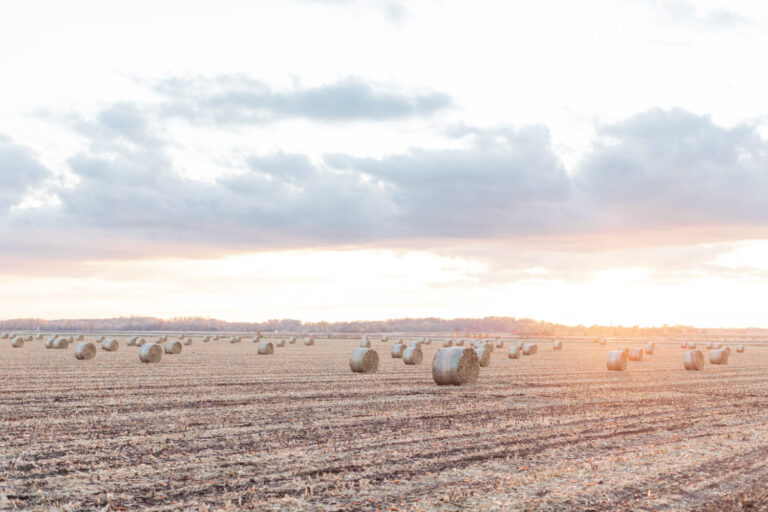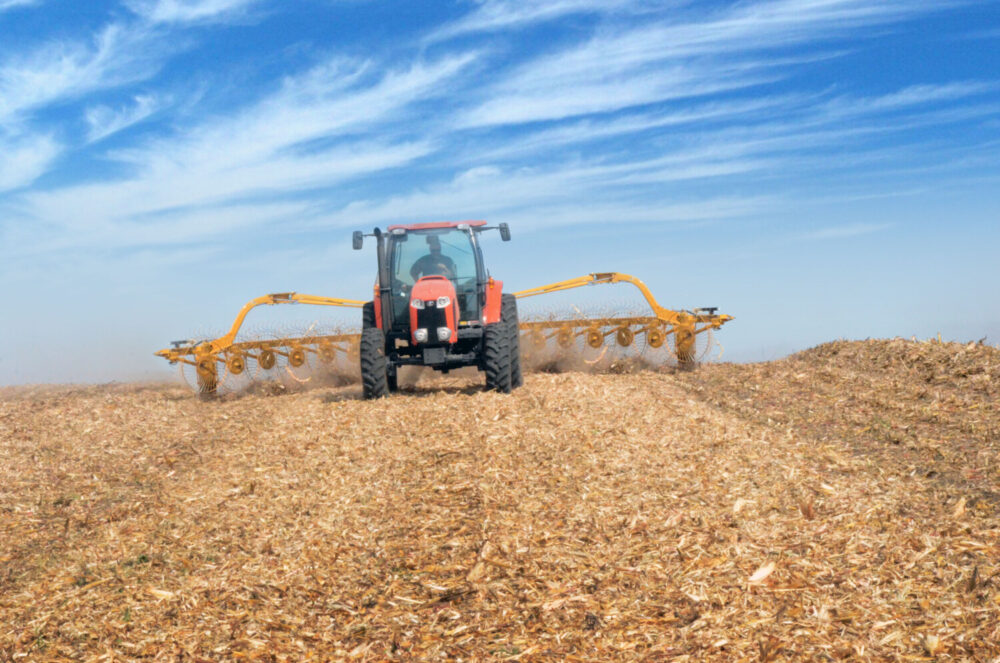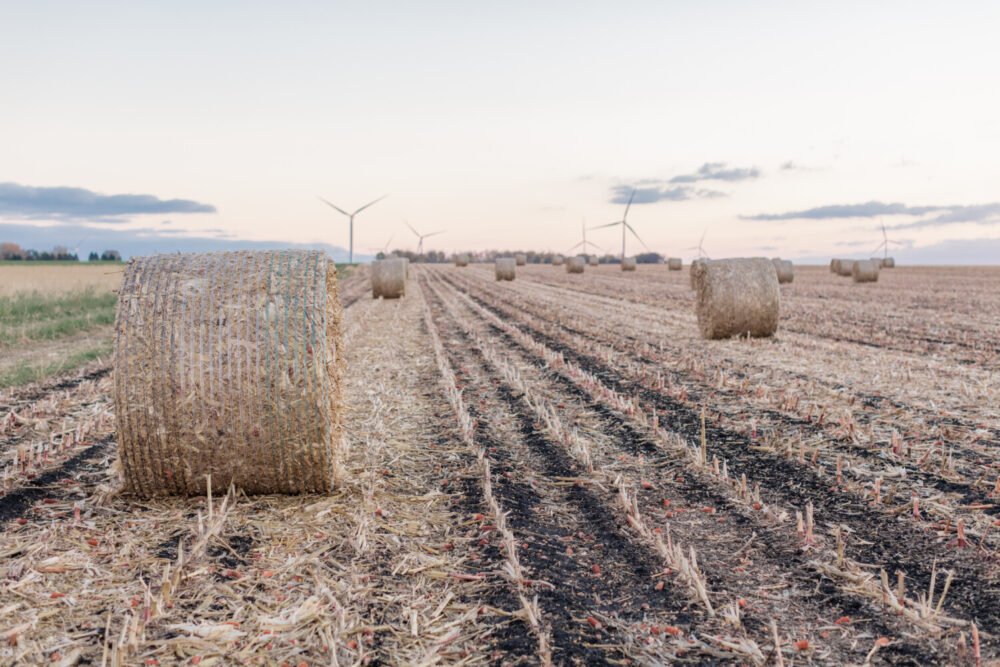
Tips and Tricks for Baling Cornstalks
November 2023
Every producer wants to get more value out of their operation. One way to do that is to make use of a resource you already have by baling cornstalks to use for forage or bedding. If you’re looking to make use of your cornstalks, time is of the essence.
While hay season lasts a few months, you’re typically limited to 20 to 45 days when baling cornstalks – if you’re lucky. Some years, you may only get a few days for the chance to bale dry, quality stalks. With this small window of opportunity, it is critical to be prepared to produce cornstalk bales, even if that means stopping corn harvesting.
This small window means a heavy-duty baler and rake that can withstand tough conditions is paramount. Bart Elder, Vermeer product manager, offers some practical tips for each step of the process for baling cornstalks.
Step 1: Rake
Like anything else, preparation before baling paves the pathway for success. According to Elder, having equipment serviced, preparing the field by chopping the stalks if you want more tons per acre, or just raking if you want more leaves and husks, and determining that the stalks are dry so they don’t mold or freeze in the field are imperative to success in baling cornstalks.
“When it comes time to rake, make sure settings are limiting ground contact to reduce ash content, as well as creating a windrow that is the width of the pickup,” Elder said.
Advancement of corn genetics in recent years, specifically the advent of Bacillus thuringiensis (Bt) traits, has increased yield in corn crops while also making stronger stalks to carry the load. In turn, baling cornstalks has become more challenging. Today, the job calls for a rake with rugged construction to handle the workload.
When it comes to raking and creating windrows of desired width, the heavy-duty VR1428 high-capacity wheel rake is an option capable of raking up to 28-ft wide while maintaining the ability to maneuver like smaller rakes. A key feature of the VR1428 rake is its ease of setting the ground pressure, allowing producers to easily control rake wheel down pressure.
Ultimately, producers can minimize the wear and tear on baler teeth by chopping their stalks. Elder says to pair a high-capacity wheel rake with a chopped crop to help mitigate stress on your equipment lineup.

Step 2: Bale
Baler maintenance is another line on the preparation to-do list.
“Make sure pickup teeth are in good shape, and the lacing pins are fresh in the belt,” Elder said. “Use the air compressor to blow off the baler regularly and grease the machine frequently according to the grease chart. If equipped, utilize the Auto Lube grease system to keep the machine lubricated at the correct intervals.”
If a producer is changing tractors between hay and cornstalks, Elder also said to ensure the drawbar height is correct and adjust pickup height to raise the teeth out of the stubble. Differences in bale densities may require additional adjustments to the machine for maximum performance, as well.
There is no question baling something as dirty and abrasive as cornstalks in a limited timeframe requires durability and efficiency, which can be found in the Vermeer 605N Cornstalk Special baler. It is designed with more heavy-duty components than its predecessor to account for today’s stronger cornstalks.
Step 3: Store
Storage may look different for different environments, but in all settings the goal is to minimize waste.
When temperatures drop to freezing or below, it can be frustrating when cornstalk bales freeze to the ground.

“One way to minimize this is by spreading a thin layer of stalks in the area the bales are to be stored, creating a buffer between the bales and ground,” Elder said.
Another key component of proper bale storage is waiting for stalks to dry. Elder reminds producers not to assume stalks are dry before baling. Always know the moisture content of your stalks to enhance bale storage life.
Want to preserve high quality cornstalks? Elder says an inline bale wrapper will help preserve your stalks so they don’t suck up moisture from the ground.
“And we all know dry stalks provide much better bedding and forage,” said Elder.
Elder also encourages producers to use Vermeer® Net or extra netwrap when baling to enhance handling and storage longevity.
These tips for baling cornstalks can help you end the baling season productively. For questions about baling cornstalks or about any Vermeer hay tools, Elder said to contact your local Vermeer dealer.
Vermeer Corporation reserves the right to make changes in engineering, design and specifications; add improvements; or discontinue manufacturing at any time without notice or obligation.
Equipment shown is for illustrative purposes only and may display optional accessories or components specific to their global region.
Please contact your local Vermeer dealer for more information on machine specifications.
Vermeer, the Vermeer logo and the Black, White, Green bale wrap color scheme (Vermeer Net) are trademarks of Vermeer Manufacturing Company in the U.S. and/or other countries.
© 2023 Vermeer Corporation. All Rights Reserved.
